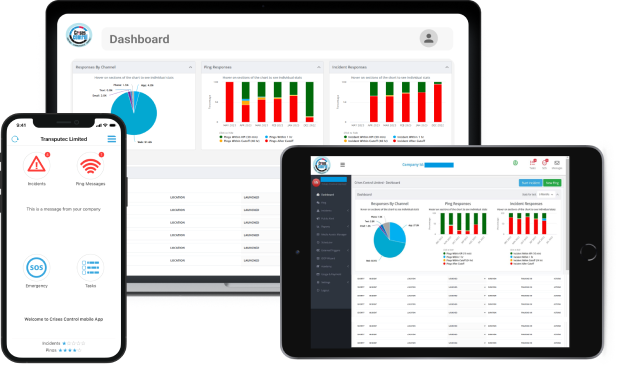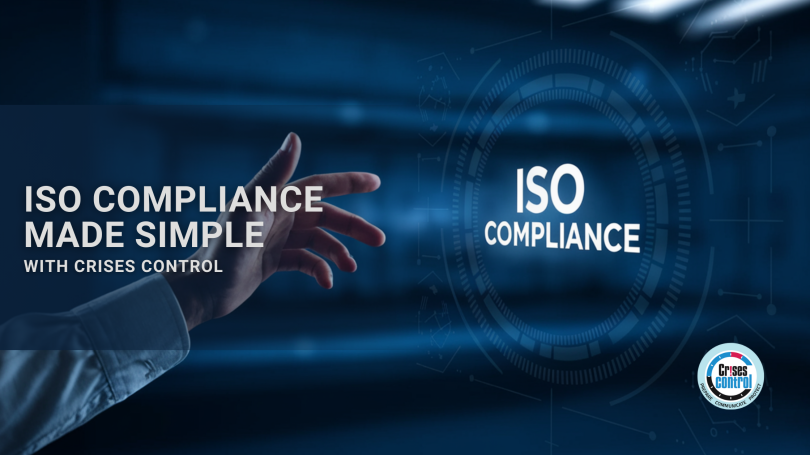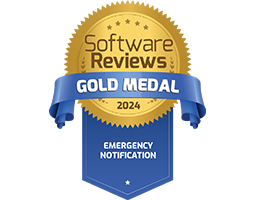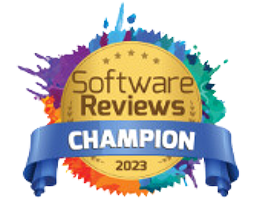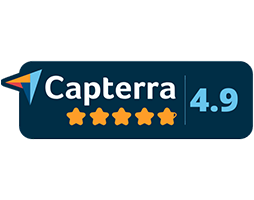Written by Anneri Fourie | Crises Control Executive
Achieving ISO compliance is essential for businesses that want to demonstrate their commitment to quality, security, and operational resilience. But for many organisations, the certification process can be overwhelming. It involves managing complex documentation, keeping up with evolving regulations, and ensuring audit readiness, all of which demand significant time and resources.
Without the right tools, businesses often struggle with compliance tracking, leading to inefficiencies, human error, and costly penalties. A missed deadline, an outdated policy, or a misplaced audit report can mean the difference between maintaining compliance and facing regulatory consequences.
So, how can businesses simplify the certification process while ensuring they meet international standards?
This is where ISO compliance software makes a real difference. By automating key compliance tasks, providing real-time regulatory tracking, and streamlining documentation, organisations can take control of their compliance journey.
In this blog, we explore the biggest challenges of ISO compliance, how ISO compliance software can address them, and how Crises Control offers a comprehensive solution to make certification stress-free.
The Challenges of Achieving ISO Compliance
Many organisations struggle with ISO compliance because of the sheer complexity of the process. Whether pursuing ISO 27001 for information security, ISO 22301 for business continuity, or ISO 9001 for quality management, businesses must navigate strict requirements while ensuring daily operations run smoothly. Below are some of the most common hurdles:
1. Managing Extensive Documentation
ISO certification requires businesses to maintain detailed records of policies, risk assessments, incident reports, and audit logs. Handling these manually, through spreadsheets or paper files, often results in misplaced documents, outdated versions, and inconsistencies that make audit preparation difficult.
2. Keeping Up with Regulatory Changes
ISO standards are constantly evolving, and businesses must adapt to remain compliant. However, tracking regulatory updates without a centralised system can be challenging, leaving organisations vulnerable to non-compliance risks.
3. Preparing for Frequent Audits
Periodic audits are a critical part of ISO compliance, but they require businesses to provide clear, well-organised evidence of their adherence to standards. Without a structured compliance management system, companies may scramble to gather documentation at the last minute, increasing the risk of non-conformance findings.
4. Minimising Human Error
When compliance management relies on manual tracking, the risk of human error is high. A forgotten deadline, an incorrectly filed document, or an overlooked policy update can lead to compliance gaps, failed audits, and reputational damage.
5. Lack of Centralised Oversight
Many organisations use disconnected systems, such as email, spreadsheets, and shared drives, to manage compliance. Without a single source of truth, it’s difficult to track progress, assign responsibilities, and ensure accountability across teams.
The good news? ISO compliance software eliminates these challenges by providing a structured, automated approach to managing compliance requirements.
How ISO Compliance Software Simplifies Certification
ISO compliance software provides businesses with a single, centralised platform to manage certification processes from start to finish. Instead of relying on manual tracking, businesses can automate audits, streamline documentation, and stay ahead of regulatory changes, all with minimal effort.
Here’s how it transforms the compliance process:
1. Automating Compliance Tracking and Audits
ISO compliance software continuously monitors compliance status, sending real-time alerts when actions are required. It automates audit scheduling, provides checklists, and ensures businesses never miss a deadline.
Example: Instead of manually tracking audit dates in a spreadsheet, businesses receive automated reminders and generate instant compliance reports at the click of a button.
2. Centralising Document Management
A cloud-based compliance system stores all necessary documentation in one secure location, making it easily accessible and audit-ready. Version control ensures that businesses always have the latest policies and reports at their fingertips.
Example: During an audit, instead of searching through scattered files, businesses can instantly retrieve the required compliance records and demonstrate adherence to standards.
3. Reducing Human Error with Automated Workflows
Automated workflows ensure that compliance tasks are completed accurately and on time. The system assigns responsibilities, tracks progress, and sends alerts when actions are overdue.
Example: If a policy update is required, the system automatically notifies the compliance officer, assigns tasks to the relevant team members, and verifies completion before the deadline.
4. Enhancing Business Continuity and Risk Management
ISO compliance is closely linked to business continuity. The right software integrates compliance management with risk assessments, incident response, and resilience planning to help businesses proactively manage threats.
Example: If a cyber-attack occurs, businesses can instantly access predefined incident response plans, ensuring a structured and compliant response.
5. Generating Audit-Ready Reports
ISO compliance software simplifies audits by generating detailed compliance reports. Businesses can demonstrate adherence to standards with automatically compiled evidence, reducing the time and effort required for audit preparation.
Example: Instead of manually compiling reports for auditors, businesses can generate real-time compliance reports with just a few clicks.
By streamlining these processes, ISO compliance software not only makes certification easier, but also helps businesses improve operational efficiency, reduce compliance risks, and enhance overall resilience.
How Crises Control Helps Businesses Achieve ISO Compliance
Crises Control provides an all-in-one ISO compliance solution designed to help businesses simplify certification, automate compliance processes, and strengthen resilience. With a cloud-based, fully integrated platform, organisations can stay on top of regulatory requirements and ensure seamless audit preparation.
1. Real-Time Compliance Tracking
Crises Control’s user-friendly dashboard provides real-time visibility into compliance status. Businesses receive automated alerts for upcoming audits, regulatory updates, and compliance tasks, ensuring they remain audit-ready.
2. Secure Cloud-Based Document Storage
Crises Control operates on its own cloud infrastructure which offers a centralised, secure repository for storing all compliance-related documentation. Businesses can organise files, maintain version control, and retrieve documents instantly when needed.
3. Integrated Business Continuity and Incident Management
ISO compliance is not just about documentation, it’s about resilience. Crises Control integrates compliance management with business continuity planning, ensuring organisations are fully prepared to handle disruptions.
4. Automated Task Assignments and Role-Based Access
Compliance tasks are automatically assigned to the relevant team members, ensuring clear accountability. Role-based access controls protect sensitive compliance data, ensuring that only authorised personnel can access critical files.
5. Customisable Compliance Checklists and Reports
With Crises Control, businesses can create custom checklists tailored to specific ISO standards. Automated reporting simplifies audits, helping organisations demonstrate compliance effortlessly.
The Business Benefits of Using ISO Compliance Software
Beyond simplifying certification, ISO compliance software delivers long-term benefits that improve overall business performance:
- Significant Time and Cost Savings: Reduces administrative workload and eliminates inefficiencies.
- Improved Risk Management: Identifies compliance gaps before they escalate.
- Stronger Operational Resilience: Integrates compliance with business continuity planning.
- Seamless Collaboration: Enables teams to work together efficiently on compliance tasks.
- Better Decision-Making: Provides real-time insights into compliance status and risks.
Conclusion: Take the Stress Out of ISO Compliance with Crises Control
ISO compliance doesn’t have to be a time-consuming, complex process. With the right software, businesses can automate compliance tracking, simplify audits, and stay ahead of regulatory changes, without the stress.
Crises Control provides a comprehensive ISO compliance software solution, helping businesses manage compliance effortlessly while strengthening resilience.
Take control of your ISO certification process today. Contact us today and get a free personalised demo and discover how Crises Control can help your business achieve effortless compliance.
Request a FREE Demo
